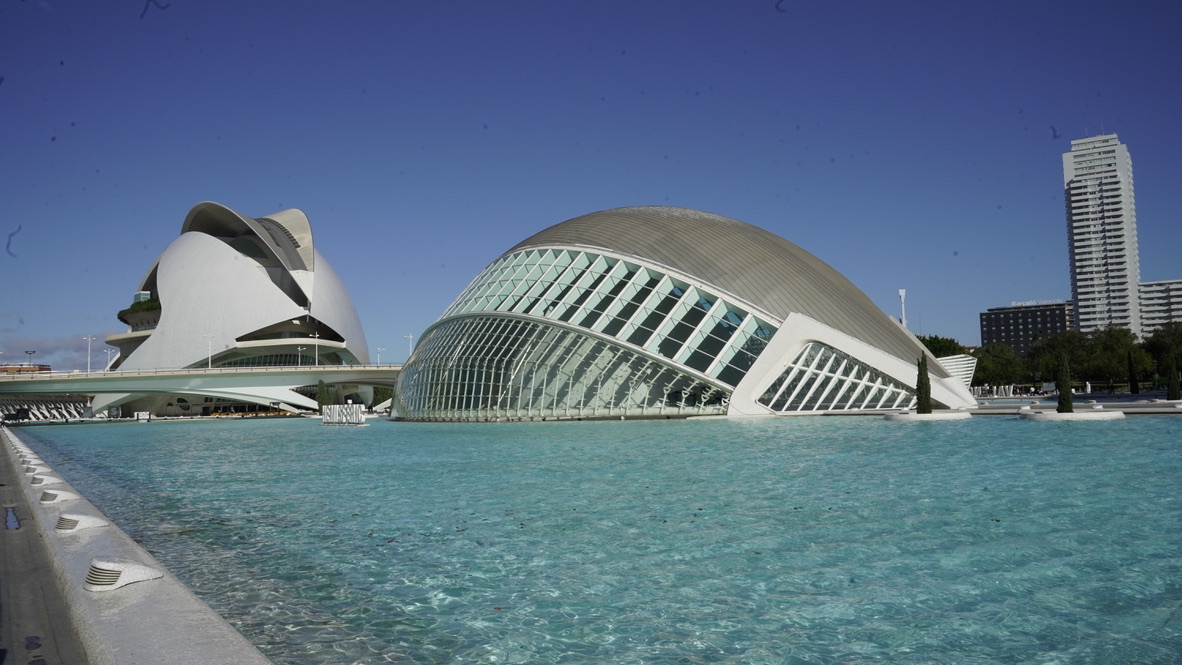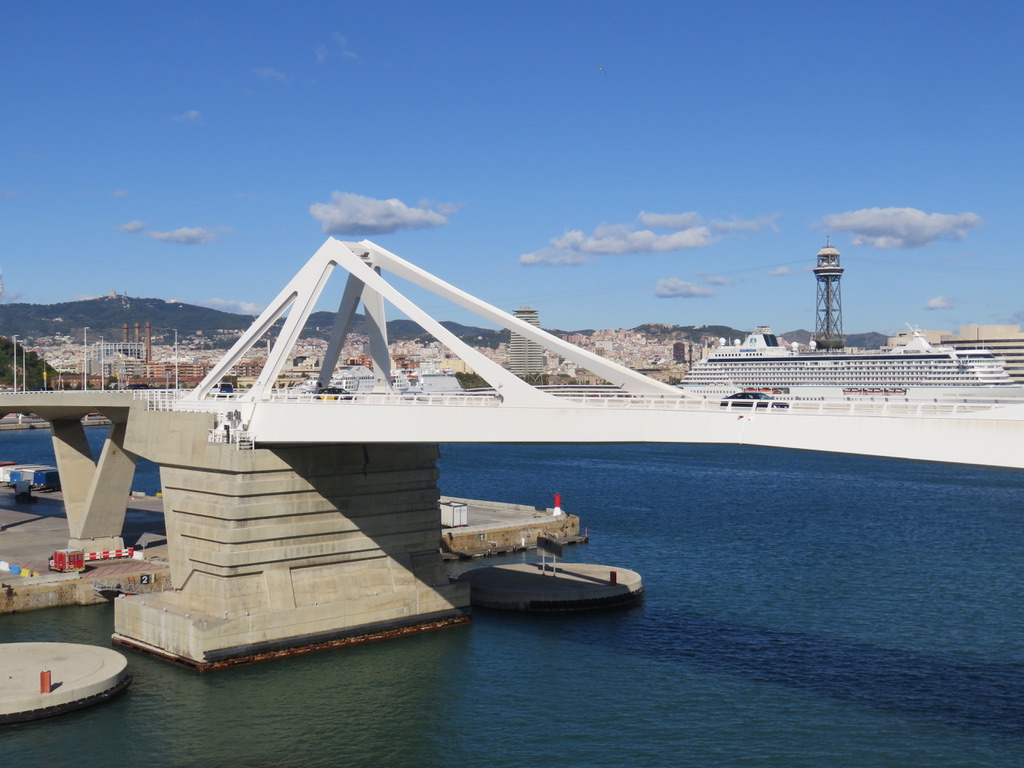The Costa de Almería centers on the capital of the province, Almería and features Cabo de Gata-Níjar Natural Park.
Getting There and Around
The Costa de Almería, located in the southeastern region of Spain along the Mediterranean coast, is known for its stunning beaches, rugged landscapes, and charming towns. The main gateway to the Costa de Almería is Almería Airport, which offers domestic and international flights. The region is also accessible via the airports in Málaga and Murcia. The Costa de Almería is well-connected by bus services, with major routes passing through cities like Almería, Roquetas de Mar, and Mojácar. Renting a car is a convenient option for exploring the region, particularly for visiting smaller towns and coastal villages. Public transportation within towns includes buses and taxis, and many areas are pedestrian-friendly.
Top Attractions
- Almería: The capital city of the province, Almería boasts a rich history, beautiful beaches, and vibrant cultural scenes. Key attractions include the Alcazaba of Almería, the Cathedral of Almería, and the Museum of Almería.
- Mojácar: This picturesque whitewashed village is set on a hillside with stunning views of the Mediterranean. Highlights include the old town, Plaza Nueva, and the nearby beaches of Mojácar Playa.
- Roquetas de Mar: A popular beach destination with a long promenade, beautiful beaches, and attractions like the Castillo de Santa Ana and the Aquarium of Roquetas. The Punta Entinas-Sabinar Natural Park is also nearby.
- Cabo de Gata-Níjar Natural Park: A stunning natural park featuring rugged coastlines, pristine beaches, and unique geological formations. The park is perfect for hiking, snorkeling, and exploring picturesque villages like San José and Agua Amarga.
- Nijar: Known for its traditional crafts and pottery, Níjar offers a charming old town with narrow streets and artisan shops. The nearby desert landscapes of Tabernas, famous for its film sets, are also worth visiting.
- Carboneras: A coastal town known for its beautiful beaches and the Castillo de San Andrés. Playa de los Muertos, located nearby, is one of the most famous beaches in the area.
Culture and Cuisine
The Costa de Almería’s cultural heritage is influenced by its coastal and desert geography, offering a mix of maritime and rural traditions. The region is known for its vibrant festivals, such as the Almería Fair, Semana Santa (Holy Week) processions, and various local fiestas celebrating different saints and traditions.
Costa de Almería cuisine is characterized by its emphasis on fresh seafood, local produce, and traditional Andalusian recipes. Must-try dishes include caldo quemao (a fish stew), gurullos (a type of pasta served with rabbit or seafood), migas (fried breadcrumbs with garlic and chorizo), and tabernero (a spicy tomato and pepper salad). The region is also famous for its tapas culture, offering a variety of small dishes to enjoy with drinks. Don’t miss trying local wines from the Almería wine region and desserts such as papaviejos (a type of fritter).
Shopping
For shopping enthusiasts, the Costa de Almería offers a mix of local boutiques, specialty stores, and artisan markets. Almería’s old town and the Central Market are great for finding unique souvenirs, fashion, and local crafts. Mojácar’s markets offer fresh produce, local delicacies, and handcrafted goods. Local markets, like the Sunday market in Roquetas de Mar, are perfect for buying fresh produce, local delicacies, and artisanal goods.
Day Trips
The Costa de Almería’s diverse landscape and rich history make it ideal for day trips:
- Tabernas Desert: Known as Europe’s only desert, Tabernas offers dramatic landscapes and the chance to visit film sets used in famous Western movies. The Mini Hollywood theme park is also a popular attraction.
- Sorbas: A charming village known for its pottery and dramatic karst landscapes. The Sorbas Caves offer guided tours through impressive underground formations.
- Lucainena de las Torres: A beautiful white village set against a backdrop of mountains, known for its old mines and scenic hiking trails.
Practical Tips
- Best Time to Visit: Spring (April to June) and Fall (September to November) offer mild weather and fewer tourists. Summers are hot and ideal for beach activities, while winters are mild but less crowded.
- Language: Spanish is the official language. While English is spoken in tourist areas, learning some basic Spanish phrases can enhance your experience and interactions with locals.
- Safety: The Costa de Almería is generally safe, but as with any tourist destination, be mindful of your belongings in crowded areas and tourist sites to avoid pickpocketing.





